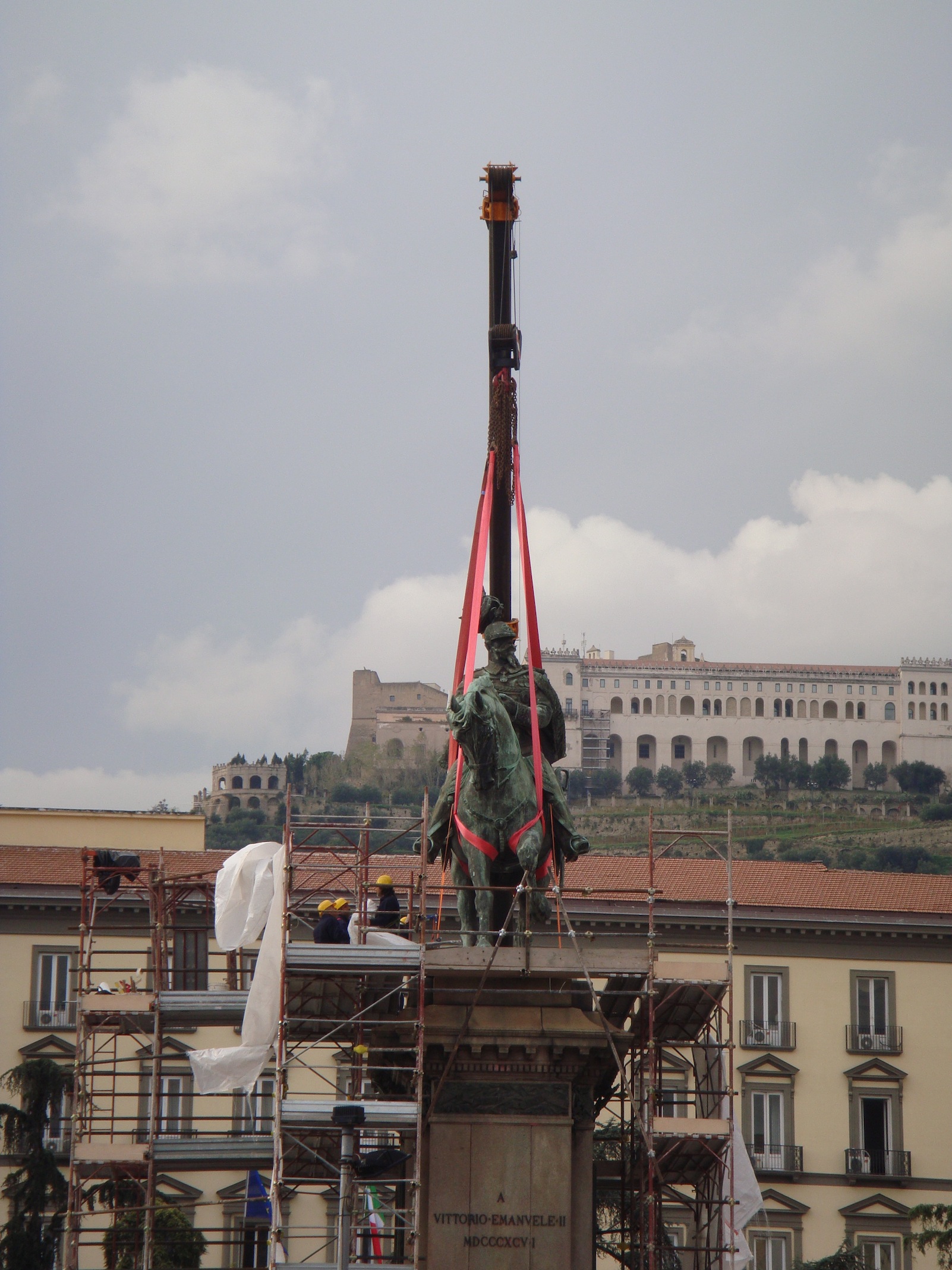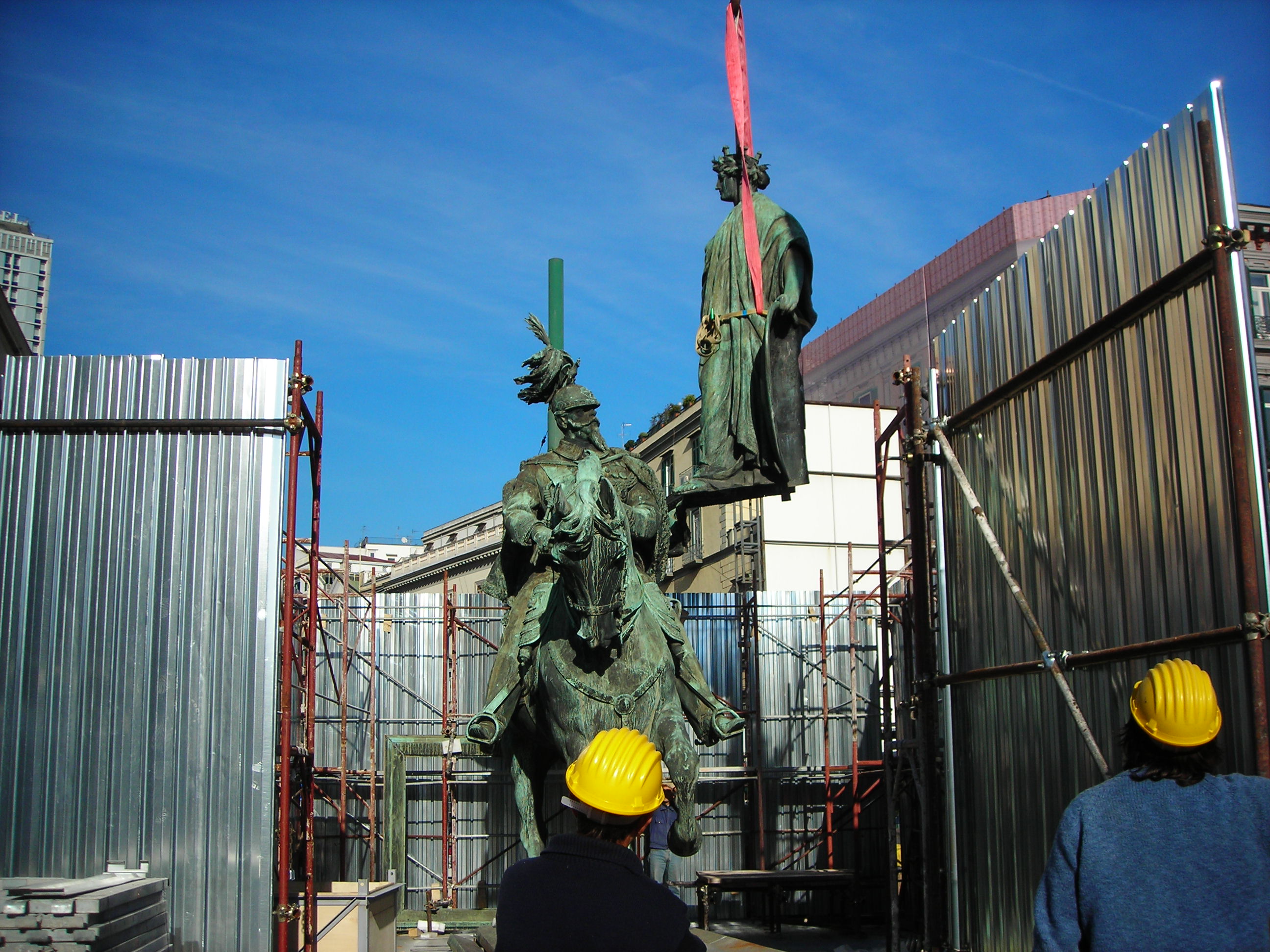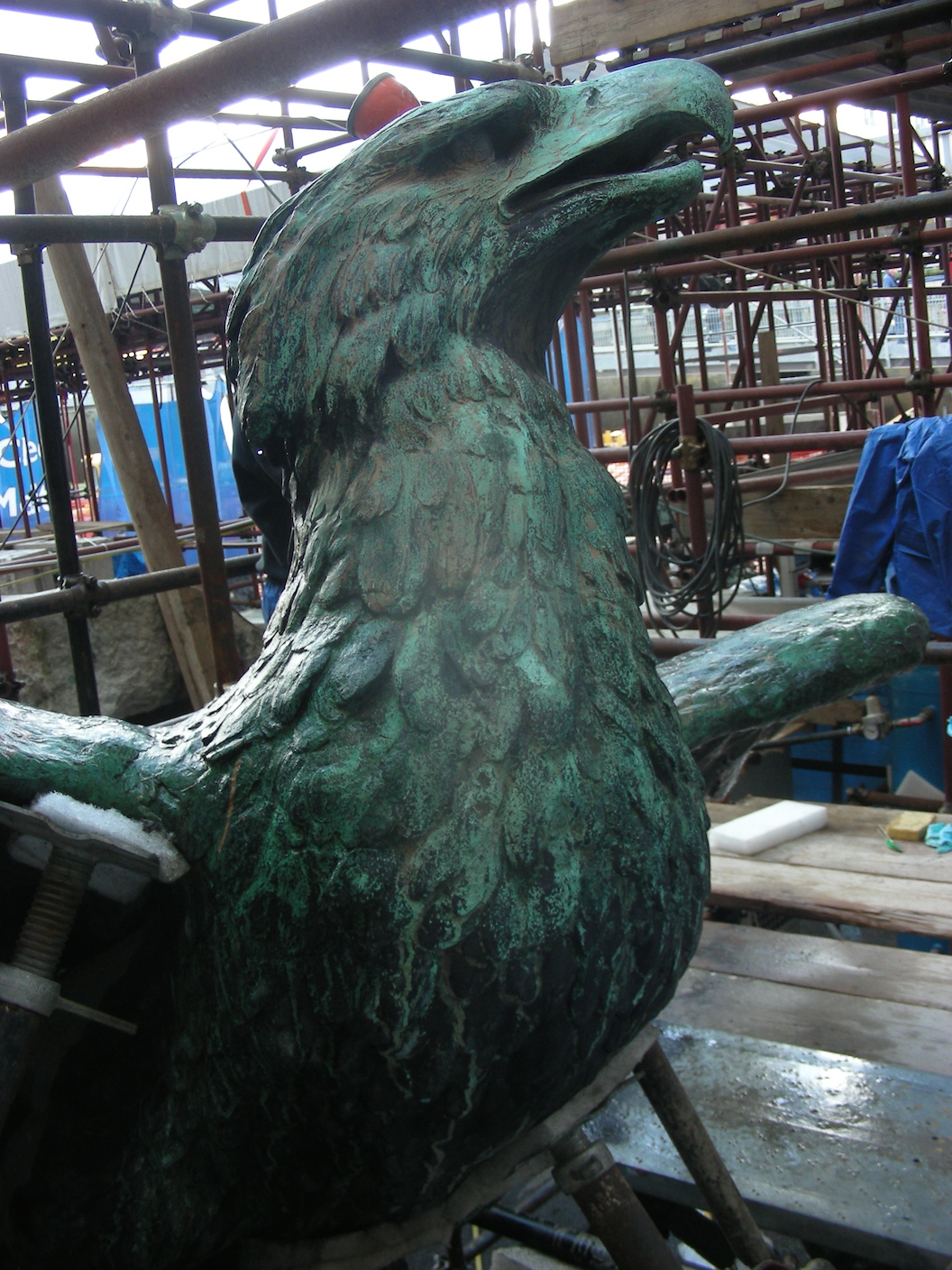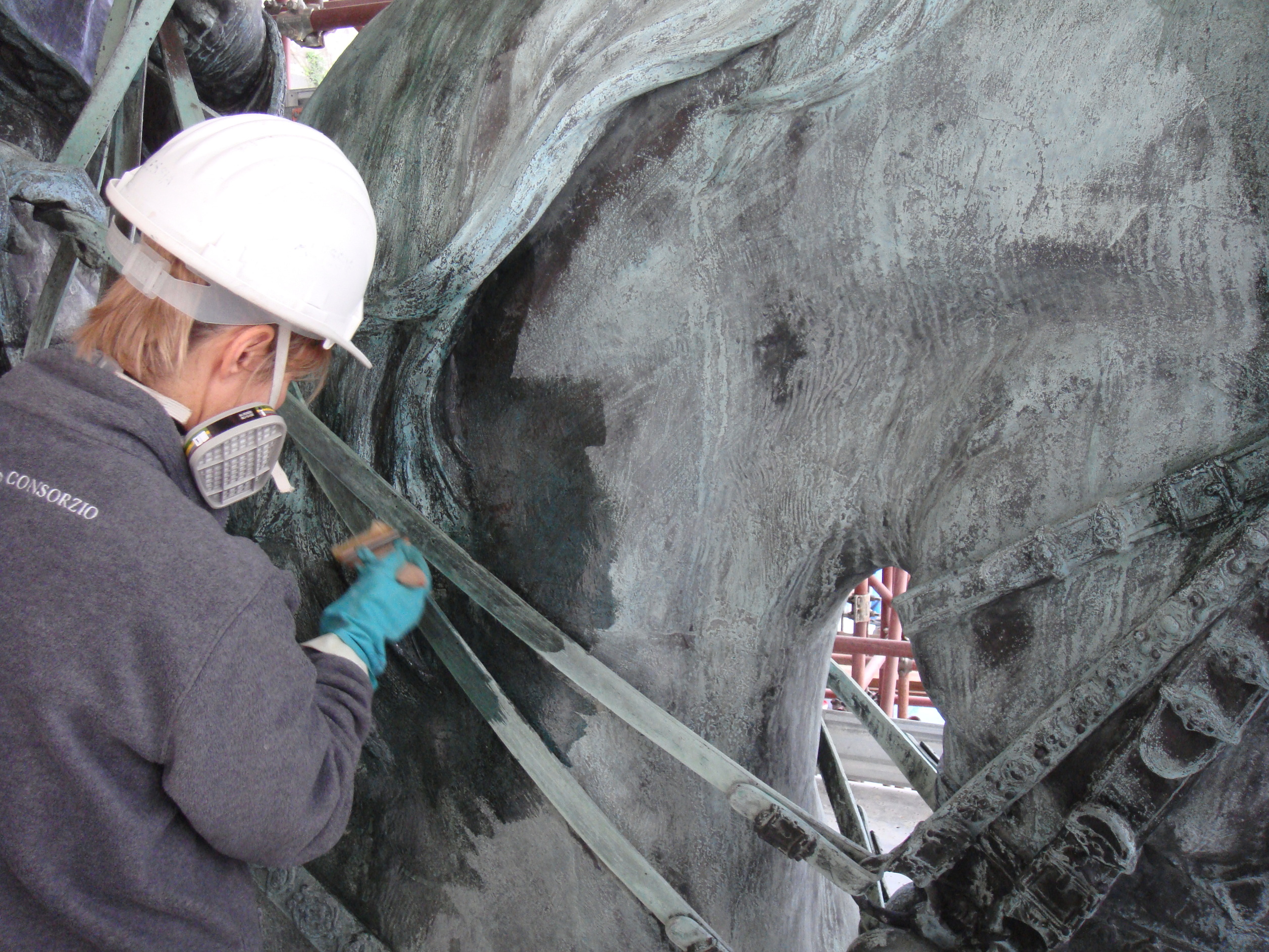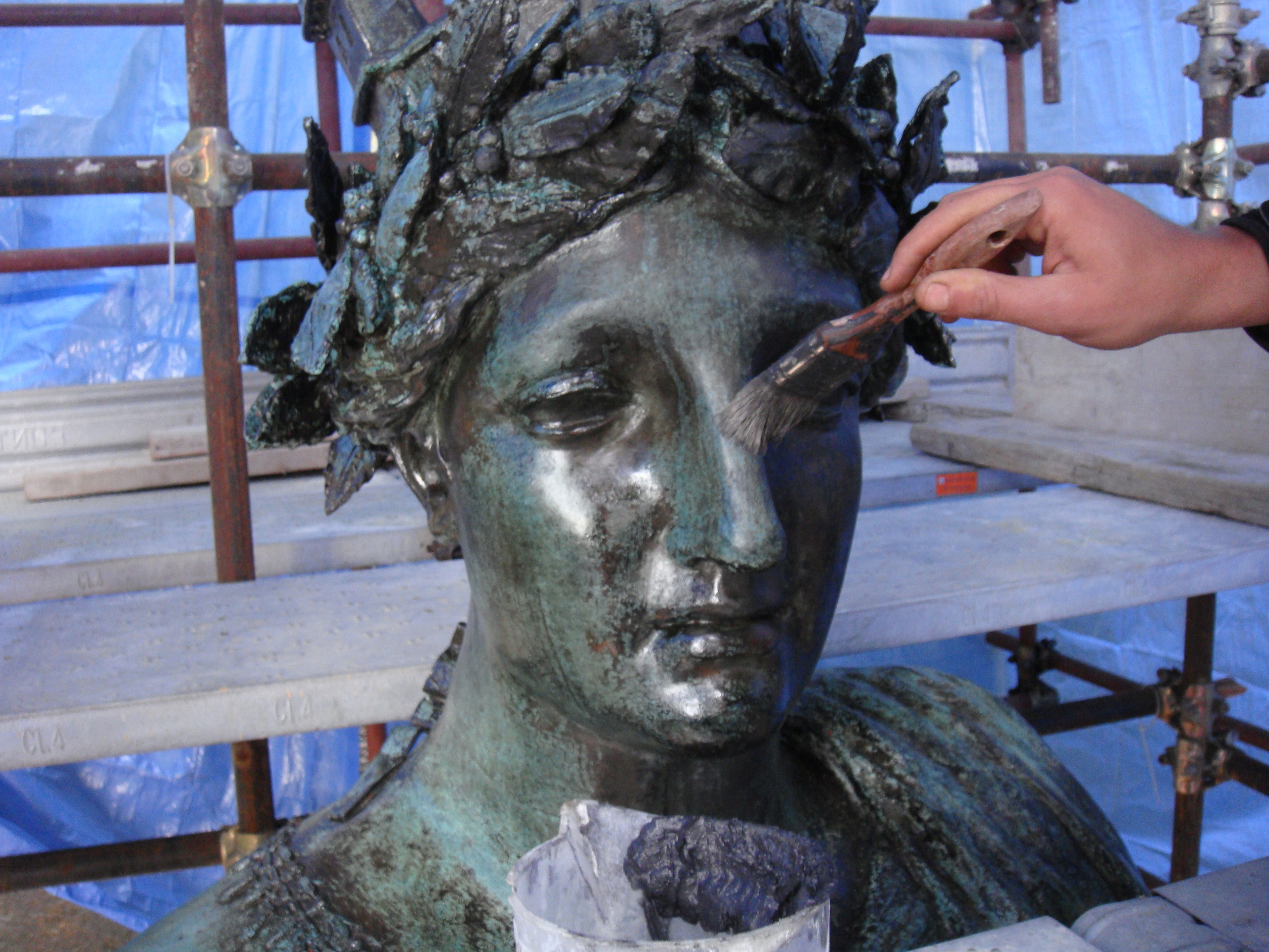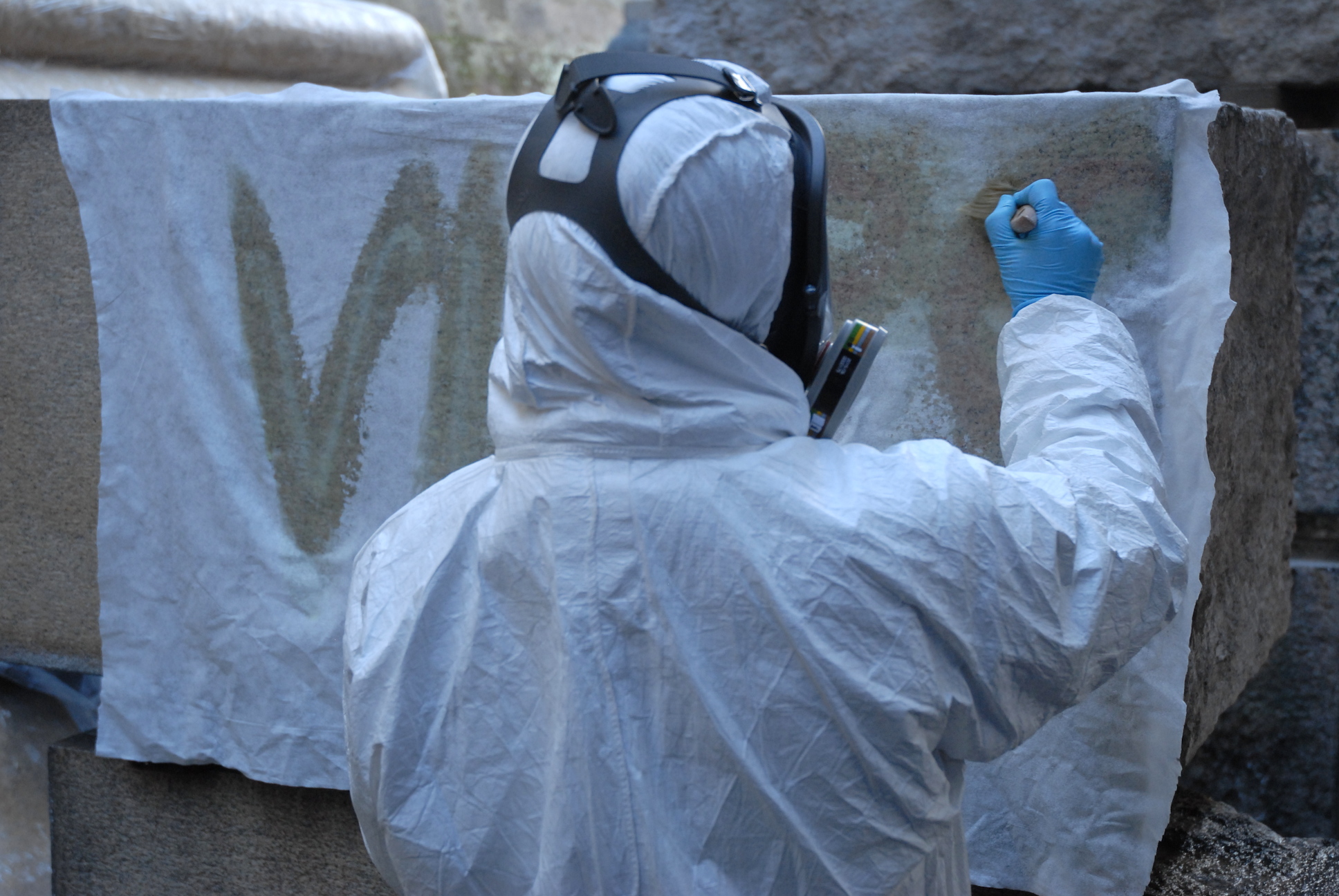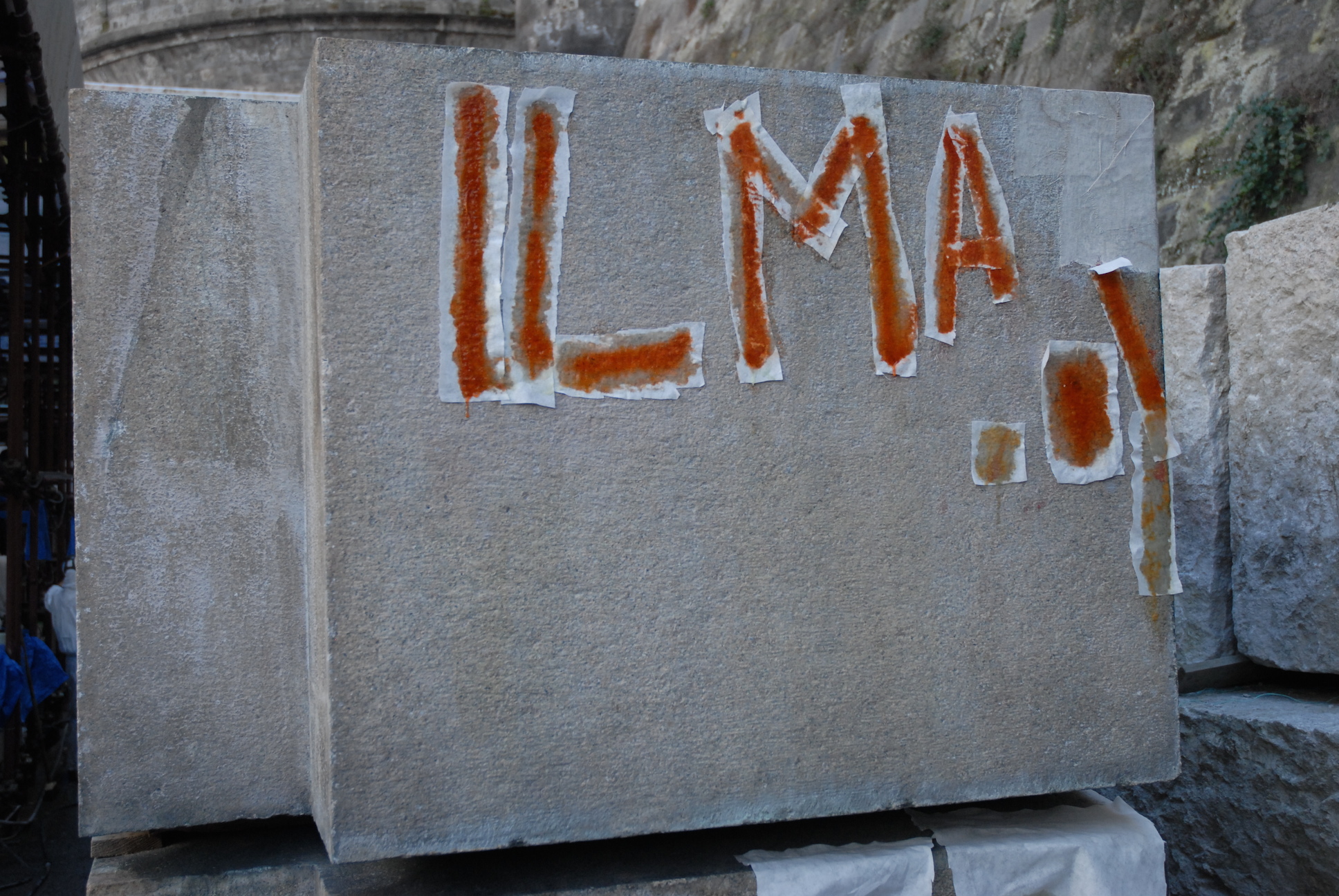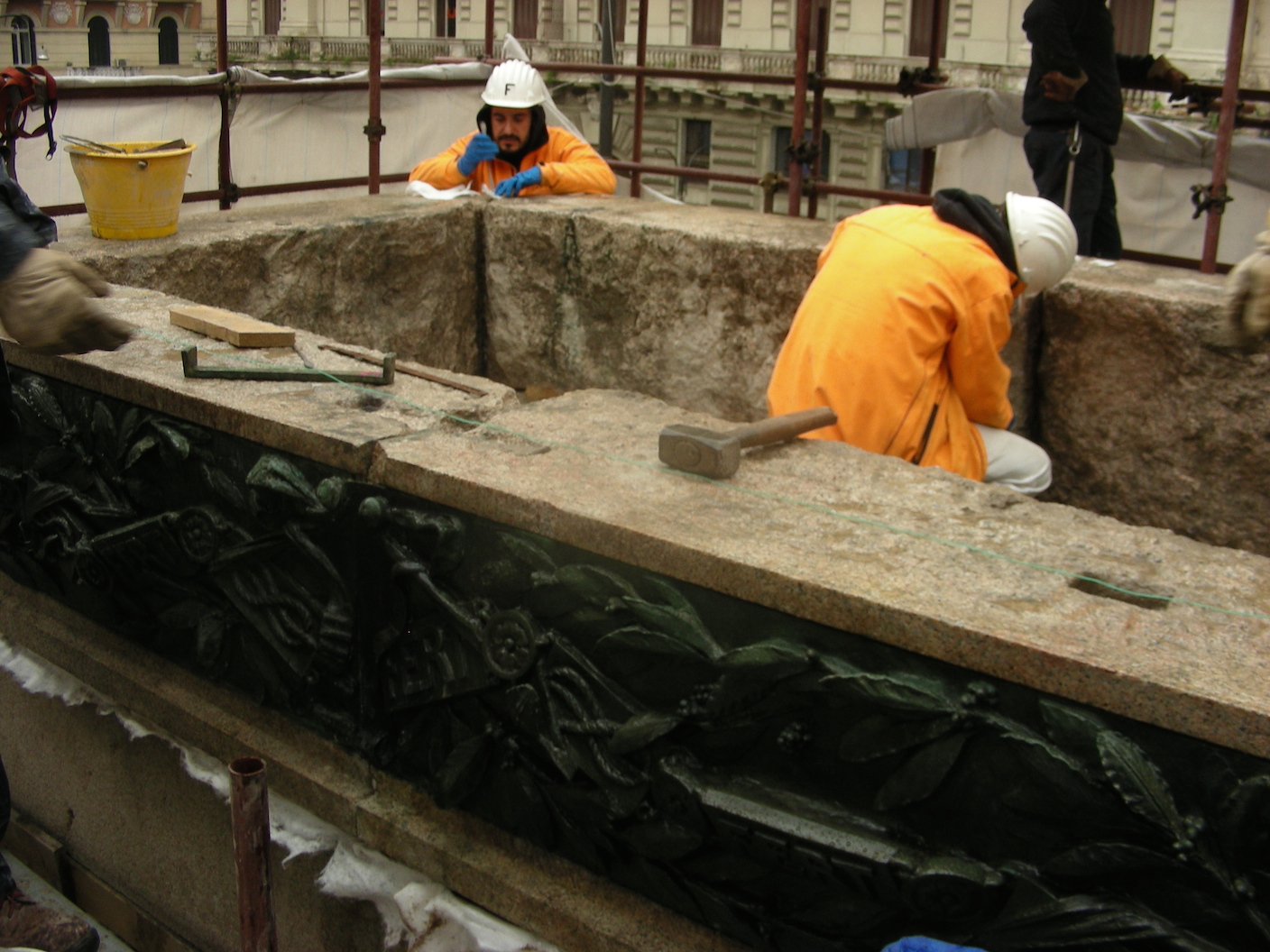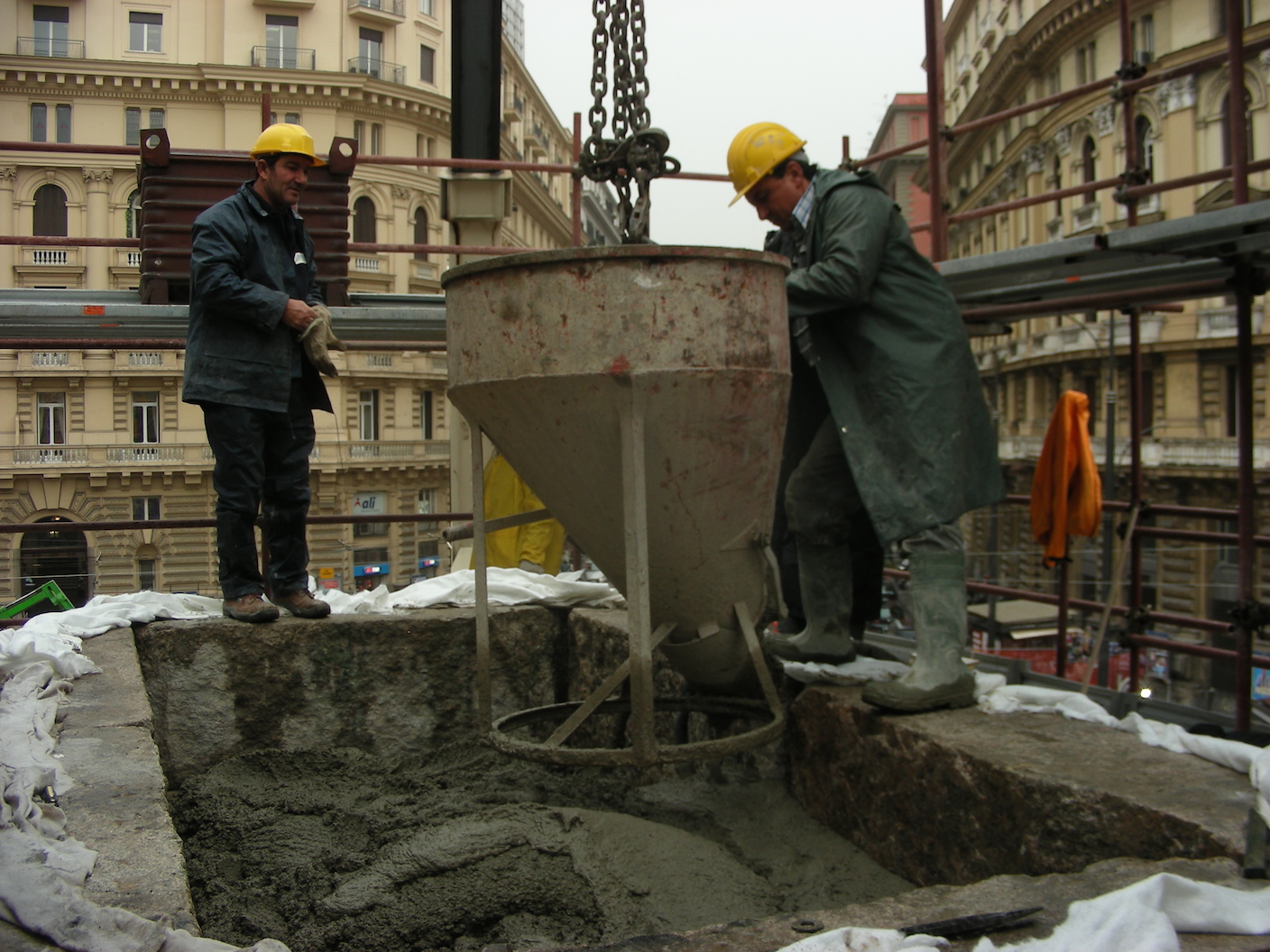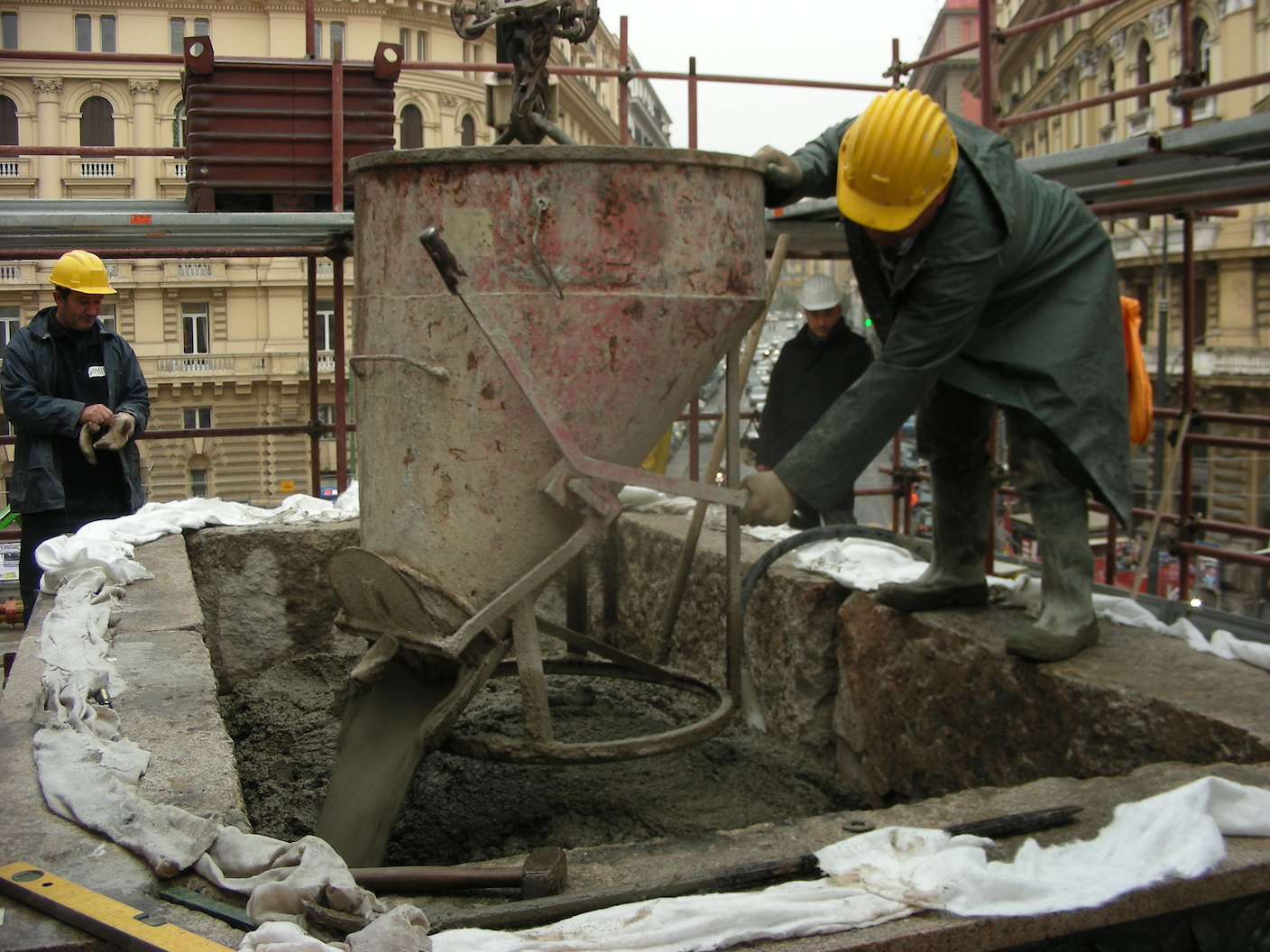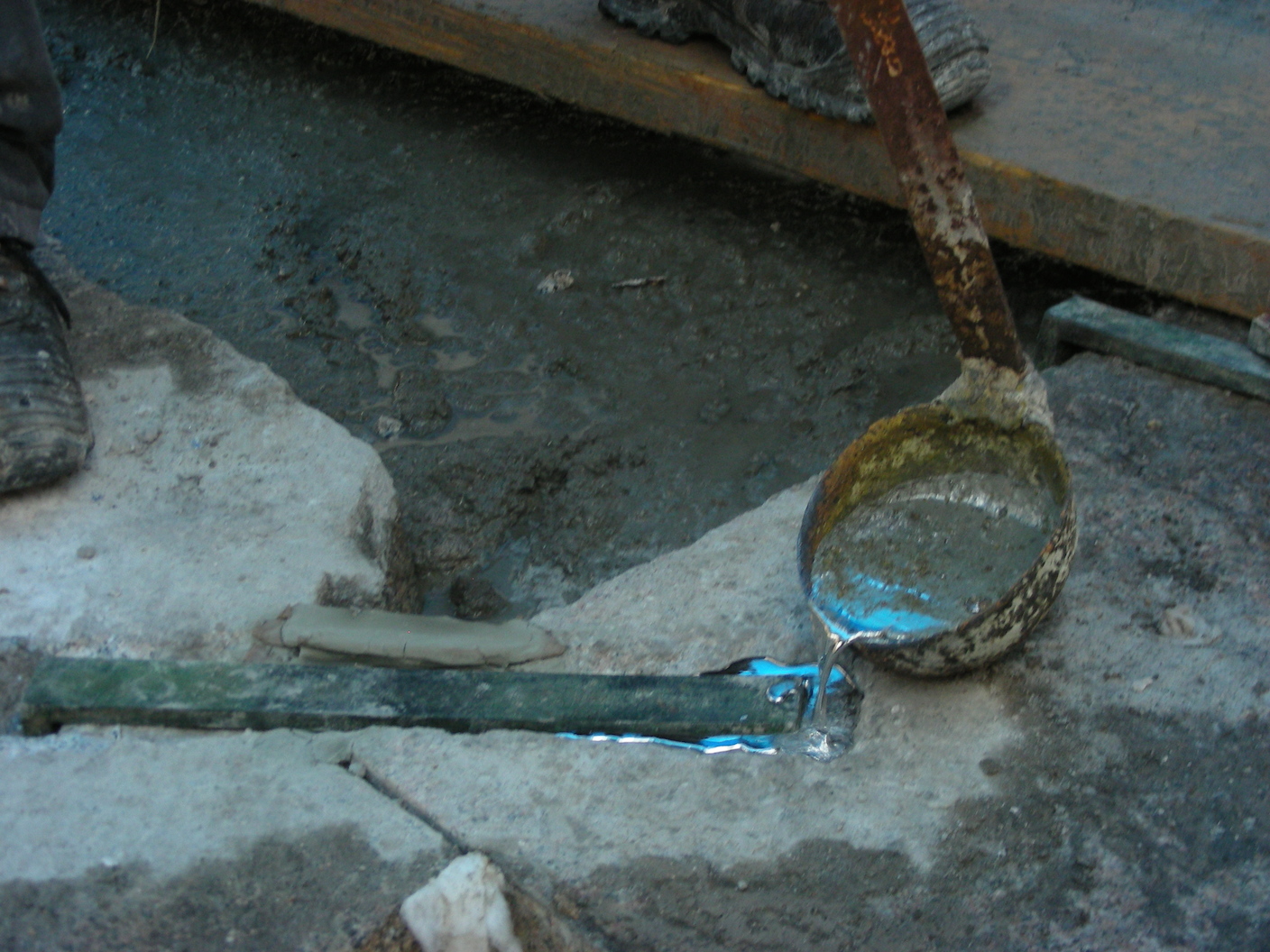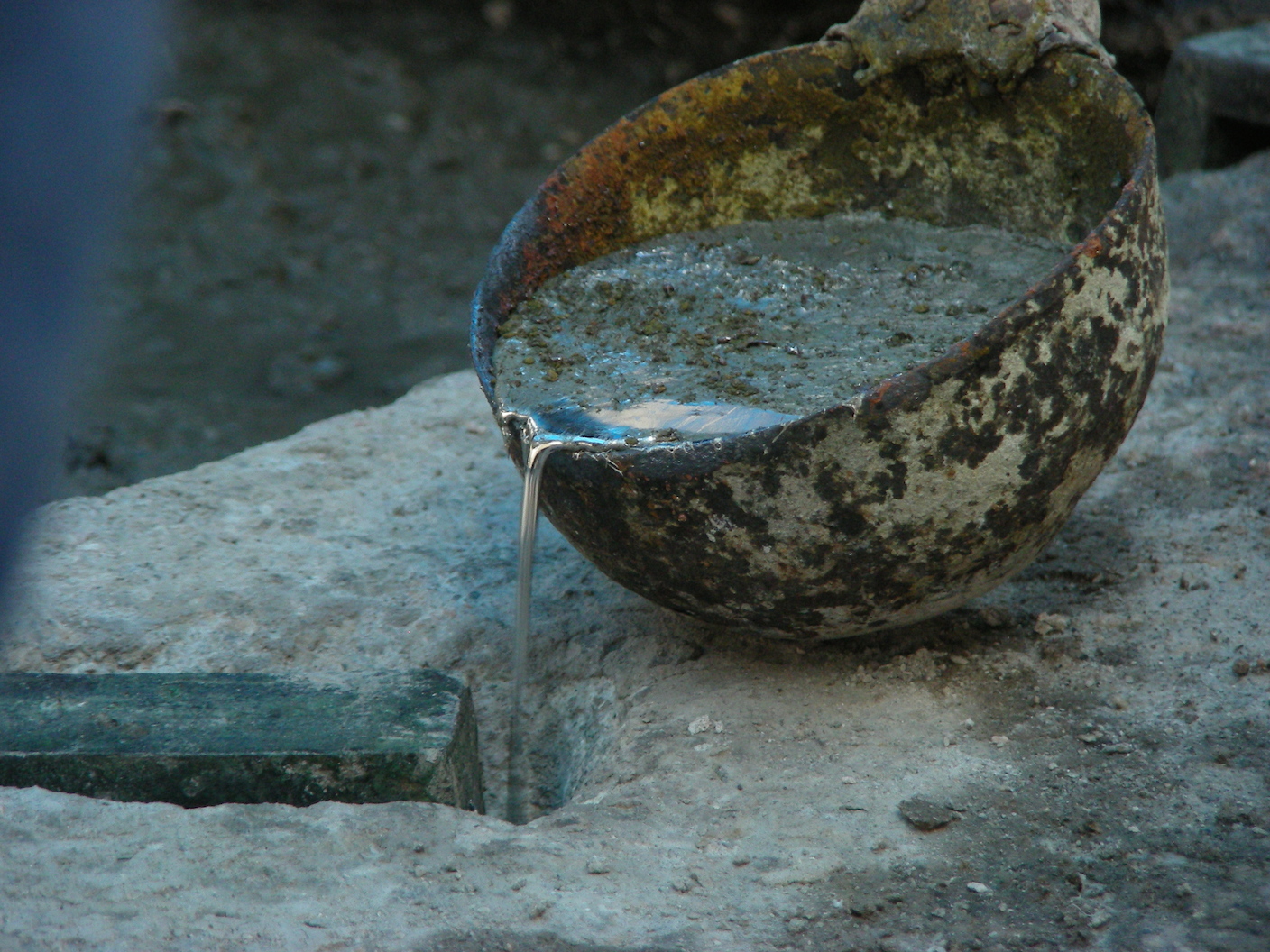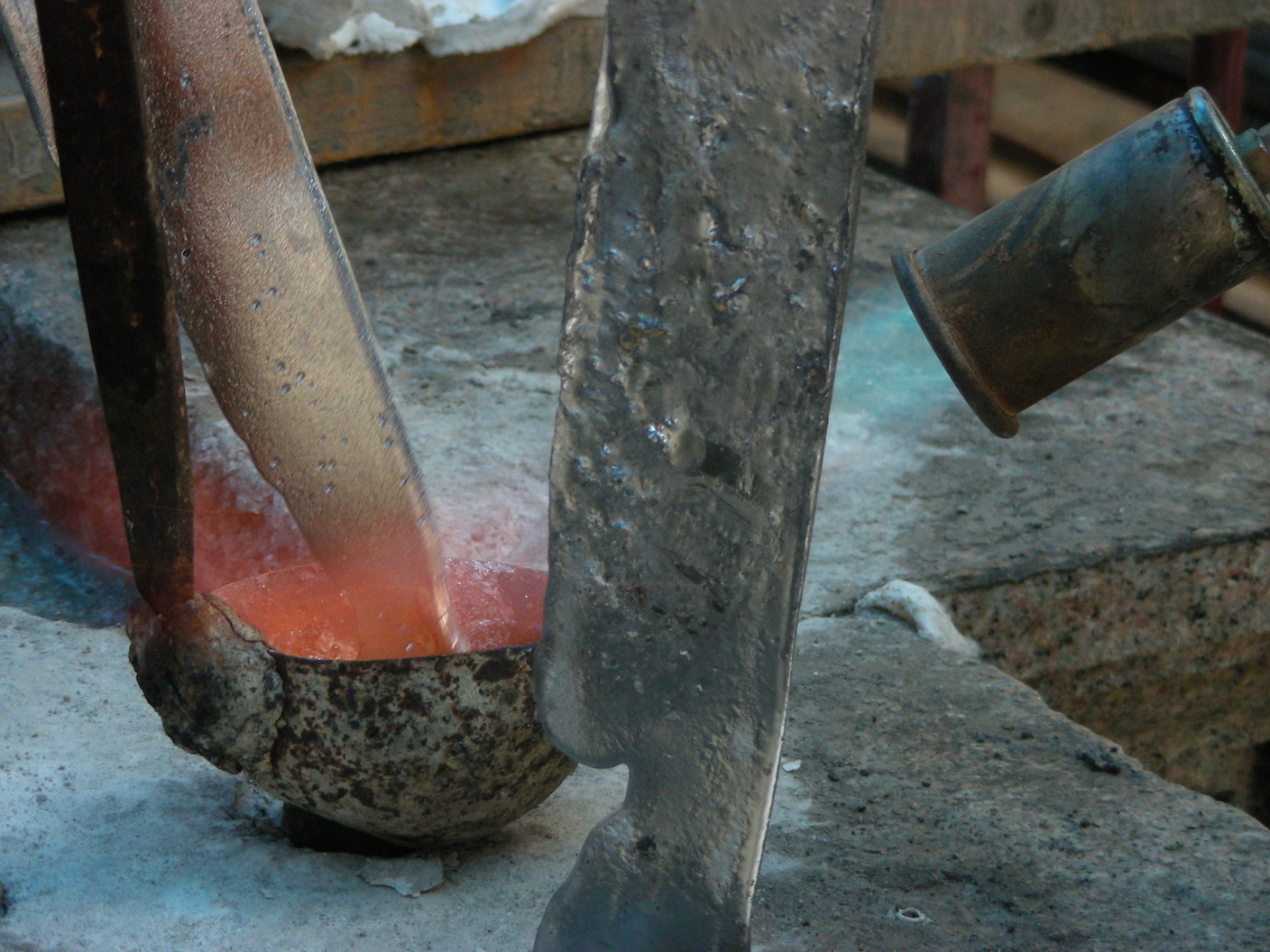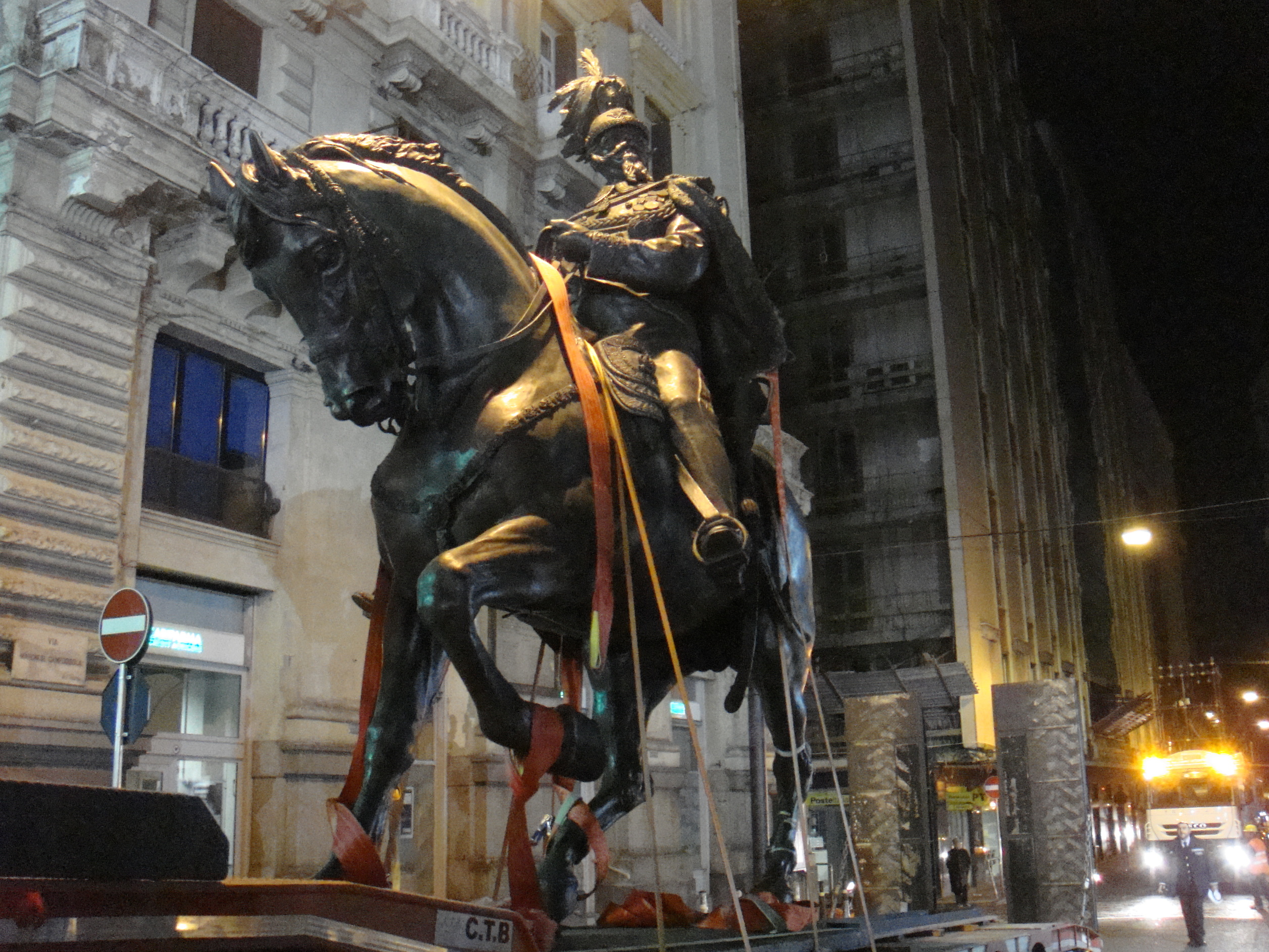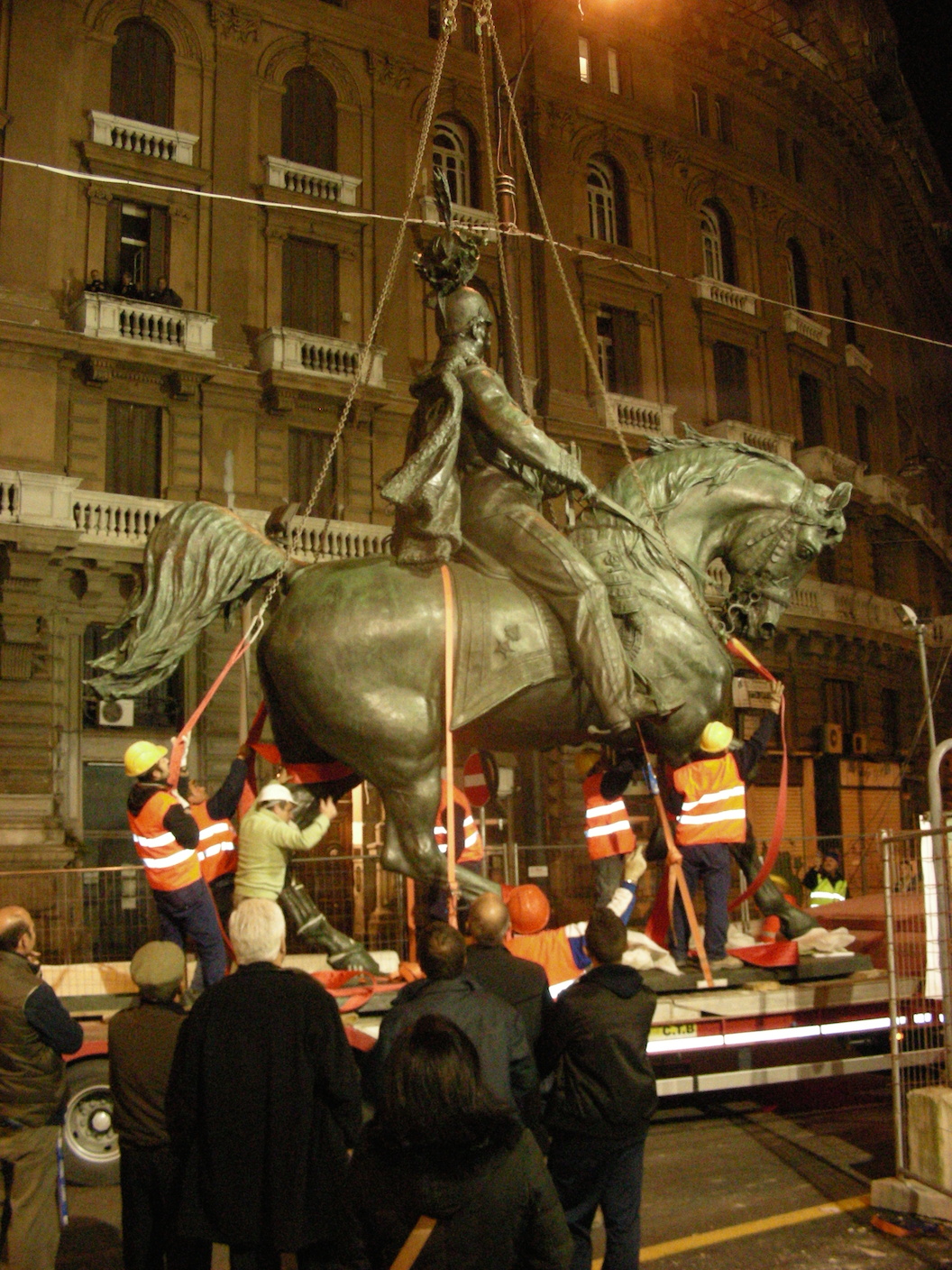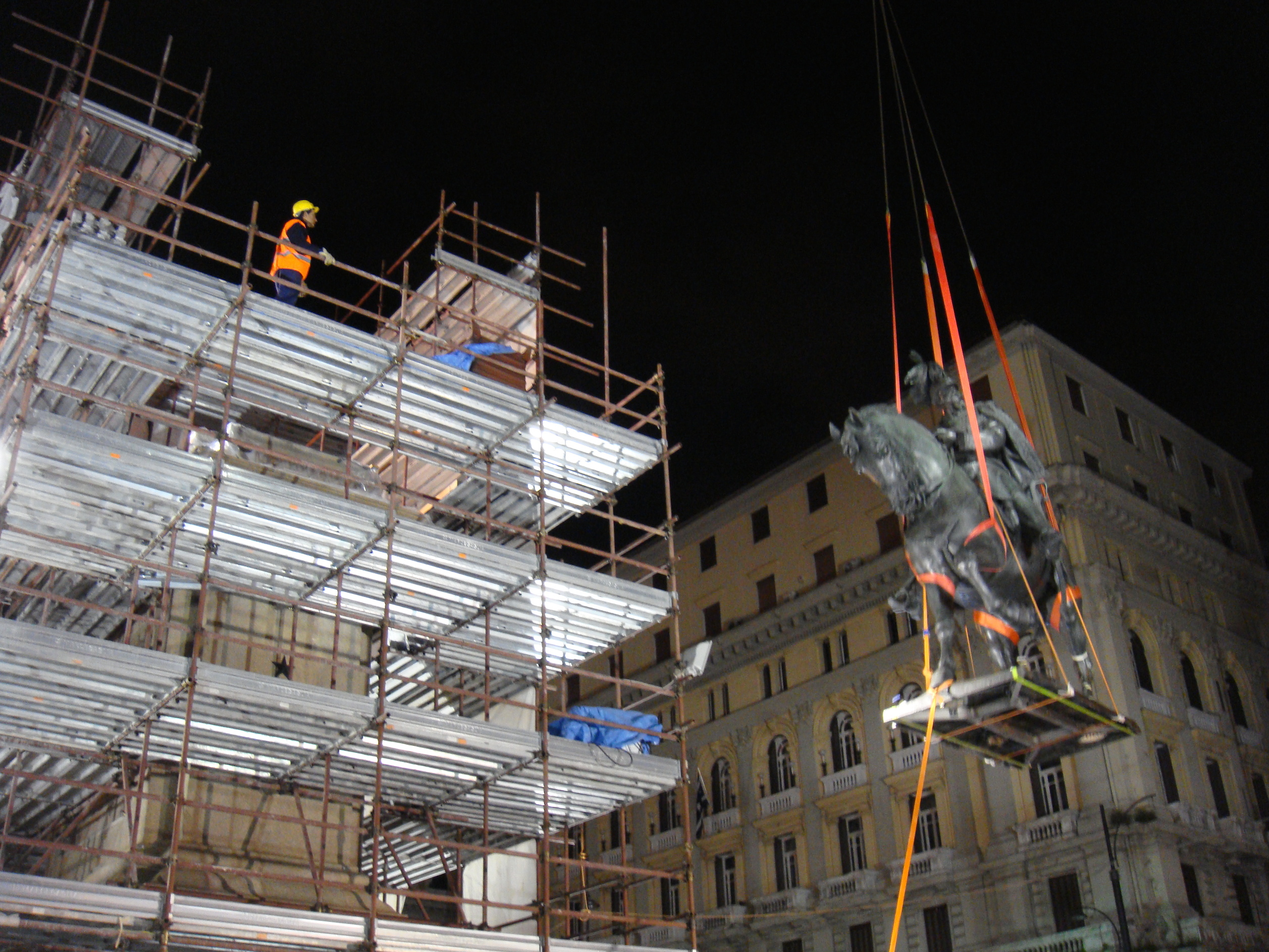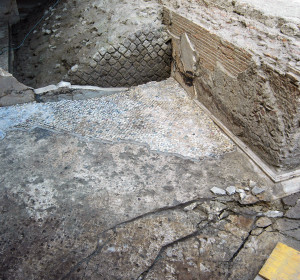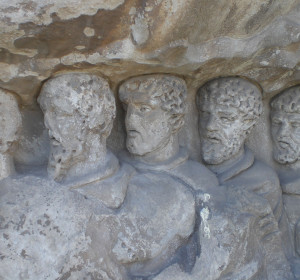I am text block. Click edit button to change this text. Lorem ipsum dolor sit amet, consectetur adipiscing elit. Ut elit tellus, luctus nec ullamcorper mattis, pulvinar dapibus leo.
Naples, Monument to Vittorio Emanuele II, Bovio square
Date
Friday August 12th, 2016
DATA SHEET
AUTHOR:
Equestrian statues: Alfonso Balzico, design by Emilio Franceschi
Partenope’s statue: Salvatore Cepparulo
Bas reliefs: Tommaso Solari
DATING:
1897
LOCATION:
Naples, Bovio square
CUSTOMER:
TOLEDO scarl
HIGH SURVEILLANCE:
Superintendence for the State Museums Centre of Naples – Dr. Flavia Petrelli
PERIOD OF INTERVENTION:
Dismantiling from Municipio square: November 2009
Restoration and setting in Bovio Square: December 2011
THE PROBLEM
The monument to Vittorio Emanuele II was the last item left in situ of the Municipio square created with the restoration work in the last ‘800. In November of 2009 it was necessary to remove it in order to allow the construction of the Municipio Station. After about two years located in the moat of Castel Nuovo, as the opening of the University Station gets closer, it was proposed its replacement at the center of Bovio square just in front of the Stock Exchange building. The restoration and replacement lasted about three months, from September to December 2011.
THE METHOD
The dismantiling was implemented by M.I.R.construction company with the assistance of the restorers of R.O.M.A. Consorzio for the documentation, the numbering of all the elements, the transcription on significant designs. In this phase they were carried out only security processes using localized bandages on fractured parts on the detachment scales. All bronze brackets were recovered and numbered so as to be able to be reassembled in the same positions.
For the intervention of replacement and restoration of the monument there were granted only three months of work, although the surface to be restored was very wide and in a very bad condition. In particular the bronze elements contained serious conservation problems due to corrosion.
The work was implemented in ATI with M.I.R. buildings, which dealt with the handling, transport and replacement with the continued assistance of the restorers. The restoration of the bronze artifact was coordinated by the restorer Emiliano Africano.






